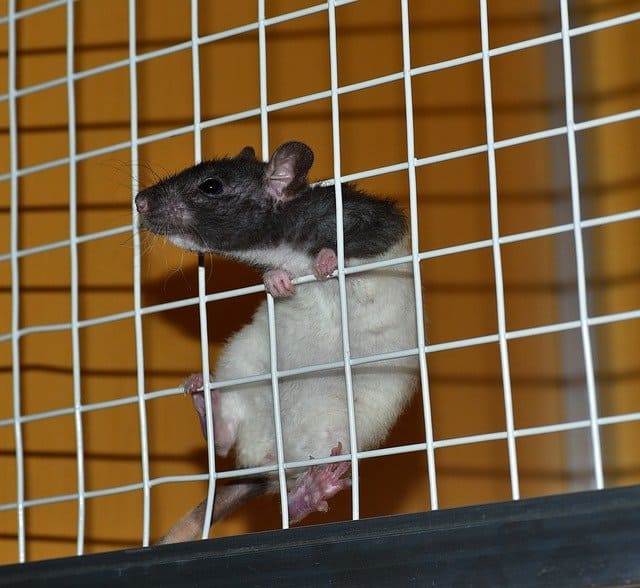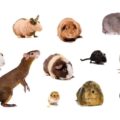Table of Contents
With 56 species spread over six continents, it’s unsurprising that rats are so well-known. But, what are rat teeth composed of? What do rats eat? And why are they so prone to gnawing? Discover more about the intriguing teeth of these long-tailed rodents.
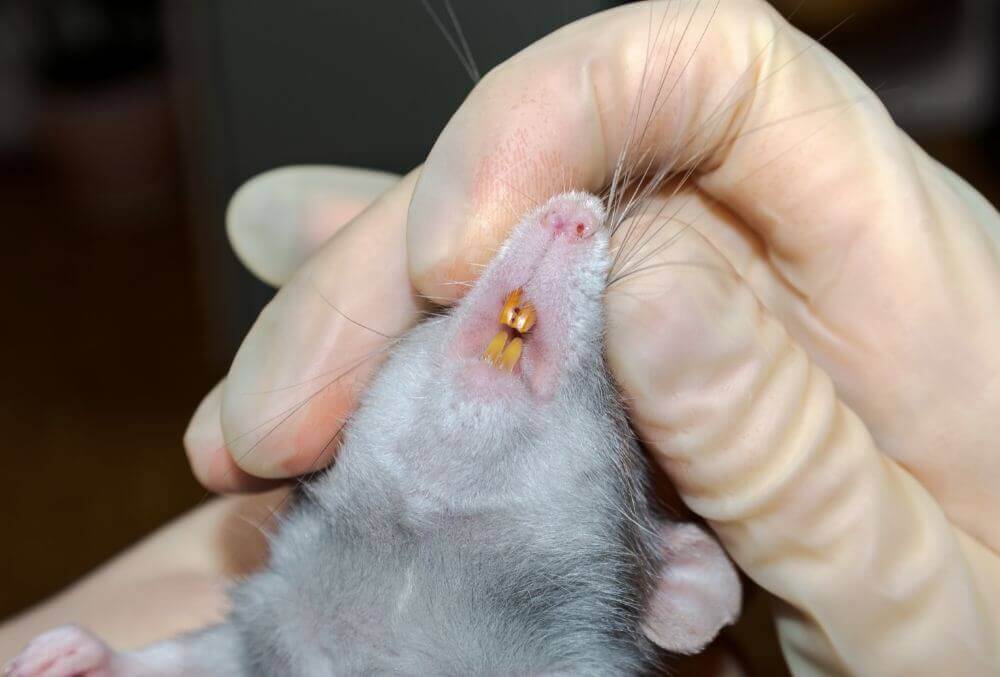
Rats Have What Kind of Teeth?
Rats are monophyodonts, which means they have only one set of teeth in their lives. Rats, like many rodents, have never-ending incisors. Unlike other rodents, their molars have ‘real roots.’ The molars develop during their lives while their incisors continuously grow.
Rats Have How Many Teeth?
Rats have sixteen teeth in total: four incisors and twelve molars. Rats, unlike other mammals, lack a canine tooth. Rather than that, they have a diastema where a canine would sit. The jaws of the majority of rodents are identical.
Let’s study a bit more about the function and appearance of each type of tooth.
Incisors
Incisors are found in the front of a rat’s mouth, which is comprised of two on top and two on the bottom. When rats are born, their teeth are pearly white, but the incisors develop a vivid yellow tint after a few months. However, do not be alarmed; yellow is a natural and healthy hue for the teeth of elderly rats.
Rats use their incisors only for chewing, and rats can eat through almost anything. This fact makes sense since their incisors develop at a pace of more than 2 millimeters each week. Rats have strong jaw muscles to match their frightening front teeth. The more a rat gnaws, the faster its incisors develop.
The bottom incisors should be approximately twice as long as the top incisors in a healthy rat. The incisors on the top and bottom should meet and grind against one another.
Although they appear to be weapons, rats only attack when threatened or trapped.
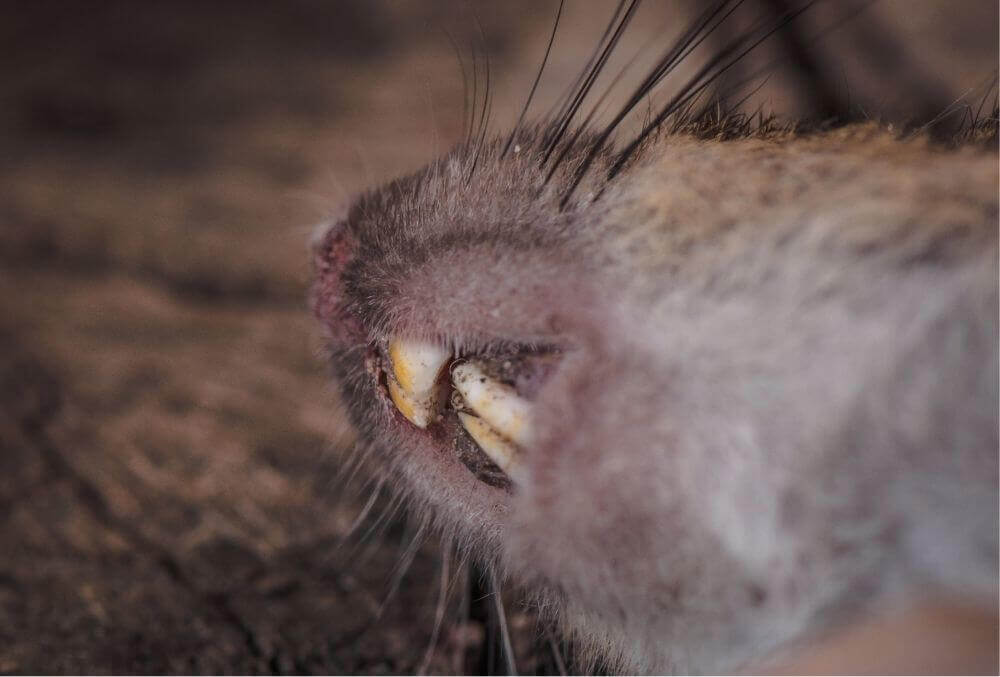
Molars
The molar is the second type of tooth that rats have; they have six on each side, six up and six down. These teeth are sometimes referred to as ‘cheek teeth’ because they are similar to rats.
Molars are utilized to break down rats’ challenging meals and are never used for gnawing, as incisors are not for chewing. Indeed, when a rat gnaws with its incisors, its molars never come into contact.
Unlike the incisors, rat molars have real roots and grow once during the rat’s development. Rats rarely worry about wearing out their cheek teeth due to their legendary toughness.
What Is the Composition of Rat Teeth?
Rats have two distinct tooth types: ever-growing incisors and more conventional molars. A thick layer of enamel covers the incisors that grow below the gumline. This is one of the ways the incisors maintain a steady development rate by producing enamel below the surface. Dentin forms the incisors, and Dentin is a softer component that makes up the tooth’s living part.
Rat molars are far more comparable to human molars than their incisors. A thin coating of enamel covers the sides and top of the molar. On the top of the tooth, the enamel must be thick, and this is because the occlusal (chewing) surface wears away quicker than any other tooth region.
Below the enamel lies a softer layer of tooth substance called cementum. This layer protects the tooth’s deepest layer, the dentin.
Dentin is the tooth’s ‘root’–the tooth’s live part. Dentin is composed of nerves and blood vessels and keeps the tooth alive and healthy.
Dental Issues
Rats are prone to misalignment and consequent overgrowth. Unlike rodents such as hamsters and rabbits, whose cheek teeth are developing and can get overgrown, rats’ cheek teeth are not at risk of being dense; thus, their incisors remain. Incisors may develop enlarged due to a congenital abnormality, trauma (injury), or a deficiency of chewable foods.
When the top and bottom incisors are not aligned, they cannot grind against one another and will not wear down. If this occurs, the incisors expand in size, becoming difficult, if not impossible, for the rat to use.
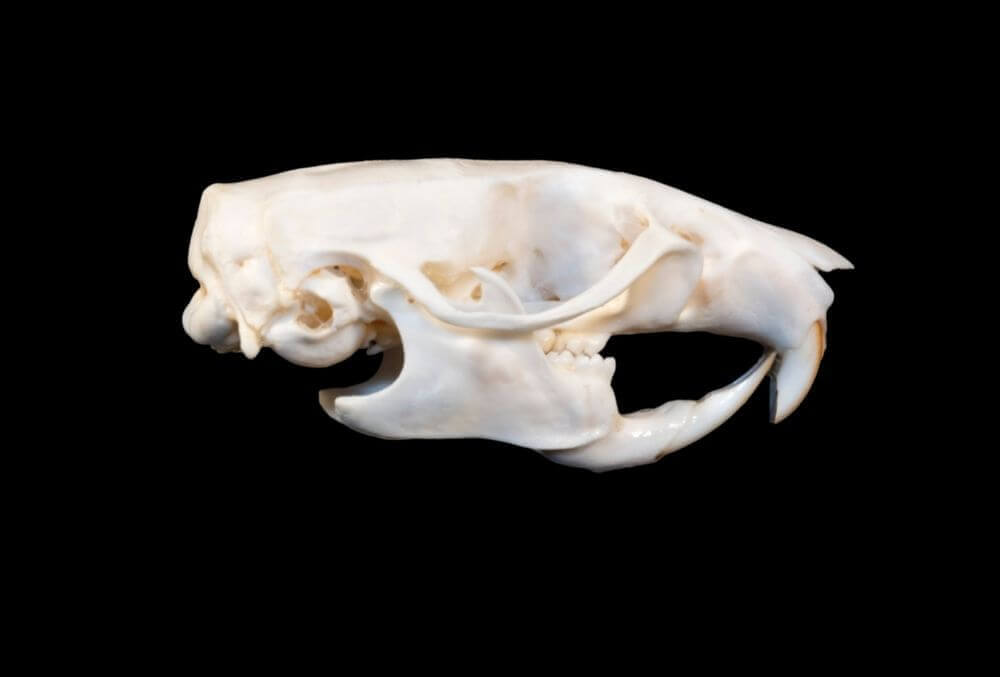
Treatment
Consult a rodent veterinarian if you believe your rat’s teeth are overgrown. The vet may prescribe filing, cutting, or pulling the teeth, depending on the severity of the problem.
Never attempt to file or cut your rat’s teeth on your own since they need an anesthetic to trim their teeth.
Prevention
In rats, preventing enlarged teeth is simple; they want good chewable material, and non-toxic wood blocks that are safe for pets. These may be purchased at any pet store and should be provided in large quantities to your rat. Additionally, it is critical to give your rat a part of adequate food to ensure that it utilizes its cheek teeth and does not develop cavities.
Conclusion
Because your pet rat’s teeth never stop growing, you should inspect them at least once a week to ward off issues before they become severe. Regular tooth trimming can easily control your pet rat’s overgrown teeth.

